The strange tomb “revealed” after the explosion
Archaeological experts said that although the area of the ancient tomb is quite small, the treasures inside are both large in quantity and “hugely” valuable.
In the spring of 2000, a large explosion occurred in Dahong village, Changthan town, Chungchang district, Hubei province, China. Although it was the Lunar New Year, the explosion was completely different from the sound of fireworks, so the villagers were extremely confused. Immediately, the police were dispatched, everyone rushed to the place where the explosion came from and discovered a black hole appeared on the ground. This hole is not deep, there is also an ancient tomb below. The village chief immediately contacted the Provincial Department of Cultural Relics to notify the situation.
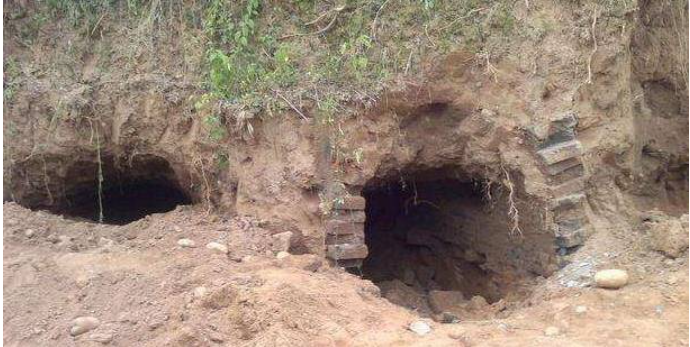
The tomb was revealed after a loud explosion, surprising archaeologists. (Photo: Sohu)
A group of archaeological experts arrived at the scene and confirmed that this was indeed an ancient tomb. Therefore, a rescue excavation was immediately conducted.
Initially, the excavation did not go smoothly because the structure of the tomb was too strong. Experts were forced to demolish a giant stone gate of the tomb. However, they think this is also a good sign that the inside of the tomb will not be affected by the explosion. Not long after being happy, the experts fell into disappointment. Behind the gate was a rather small tomb. After measuring, its area was determined to be 31m2.
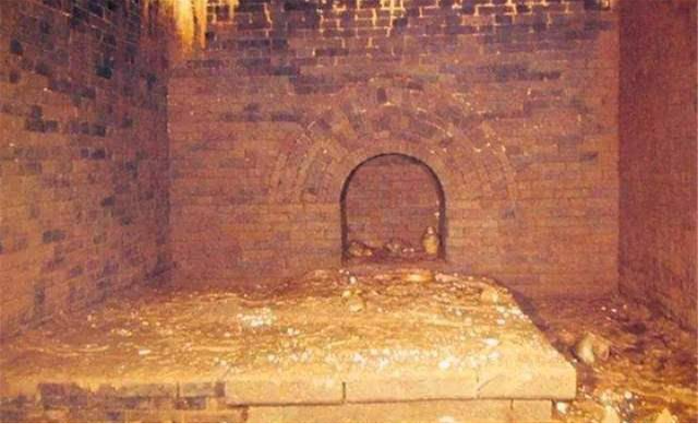
Although the tomb is not large, there is countless gold, silver and jewels inside. (Photo: Sohu)
The grave was still flooded quite deeply. Archaeologists thought that a small tomb like this must not have many burial items, and moreover, if they were soaked in water for such a long time, they might have been damaged a lot. This excavation trip is clearly “losing more than gaining”. However, experts decided to bring in several high-capacity pumps, they wanted to find out who the owner of this tomb was.
Who is the owner of the tomb?
They then found the epitaph inside the tomb. This stele is about 1.17 meters high, close to the fourth wall, the text on the stele is divided into 2 parts, one part reads “The tomb of Luong Trang Vuong Phi” , the other part reads “The tomb of Luong Trang Vuong Phi” “ . It turned out that this was the tomb of Liangzhuang Wang Zhanwei – a prince of the Ming dynasty and his wife. According to the book “Minh History”, King Luong Trang was the 9th child of Minh Nhan Tong, the fourth emperor of the Ming Dynasty. Zhu Zhanwei was granted the title of king in the 22nd year of Yongle. His palace was in An Luc Chau (now part of Zhongchang, Hubei). Then, because he had no son, he lost his title. He only had two daughters, Princess Tan Ninh and Princess Ninh Vien.
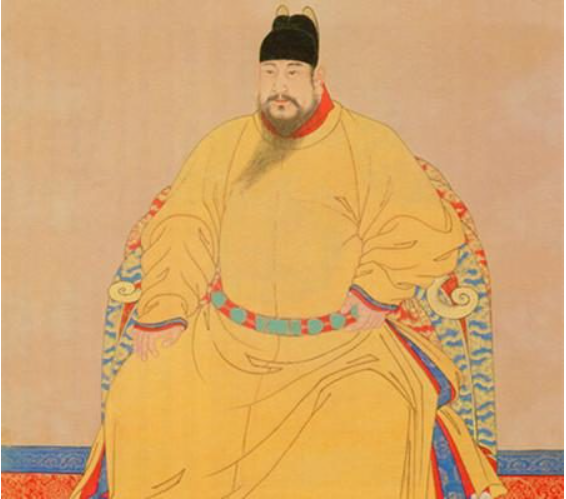
King Luong Trang, the owner of the tomb, was a prince of Minh Nhan Tong of the Ming dynasty. (Photo: Sohu)
After learning this information, archaeologists were very excited. Some people couldn’t even hide their excitement and said: “I thought this small tomb wouldn’t find anything, but it turns out we got a great bargain” . Why are experts so excited about the tomb of King Luong Trang?
“Gold and silver are everywhere, a pearl is worth a hundred mansions”
The reason why experts were extremely happy to learn that the tomb belonged to King Luong Trang was because he was a prince. The ancient Chinese believed that “Death is the same as life”, meaning that after death, people continue to live in the underworld. Therefore, ancient people often buried many valuable utensils and objects with the dead. Furthermore, King Luong Trang did not have a son. This suggests that most of his assets will be buried in the tomb.

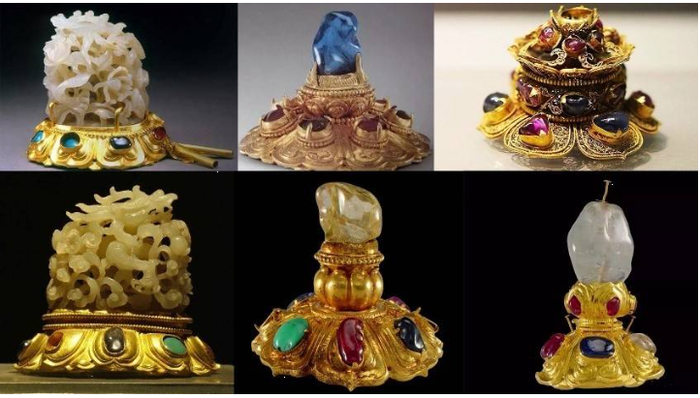
The number of highly valuable cultural relics inside the tomb of King Luong Trang reaches into the thousands. (Photo: Sohu)
As expected, after cleaning the mud, burial items began to appear. According to the descriptions of archaeologists present in the tomb at that time, gold, silver and jewels were everywhere. It can be said that this is the most luxurious tomb they have ever seen, with such a large number of burial items, the scale is no less than that of kings. Although it is only 31 square meters, the tomb of King Luong Trang contains a huge amount of cultural relics. After counting, excluding small and odd items, experts counted 5,300 highly valuable cultural relics. Most of them are gold, silver, jade, precious stones, and porcelain.
The jewelry encrusted with precious stones, if converted to weight, is estimated to be 16kg, the amount of silver is 13kg and the amount of gems is 14kg. A gold bar is estimated to be worth up to 1,000,000 yuan (more than 3.3 billion VND).
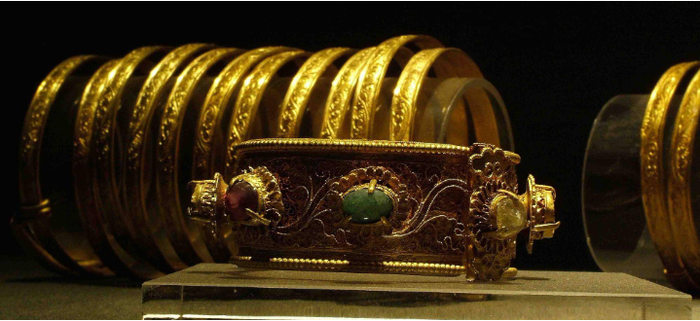

Close-up images of some treasures inside the tomb of King Luong Trang. (Photo: Sohu)
The number of gemstones used to set into jewelry is 700. The types of gemstones are also diverse such as rubies, sapphires, emeralds and opals. They are all gemstones of the highest quality. In particular, there is a sapphire weighing up to 200 carats, the largest confirmed gem found in China.
Some treasures in the tomb are believed to have been imported from abroad. Among the artifacts is a gold base topped with an extremely delicately crafted block of jadeite. In addition, gold belts inlaid with jade engraved with dragon images are also highly appreciated for the craftsmanship of the craftsmen. According to experts, the gold, silver and jewels in King Luong Trang’s tomb can be considered national treasures. Their value can be equivalent to thousands or tens of thousands of billions of dong, with that amount of money you can buy hundreds of luxury villas.
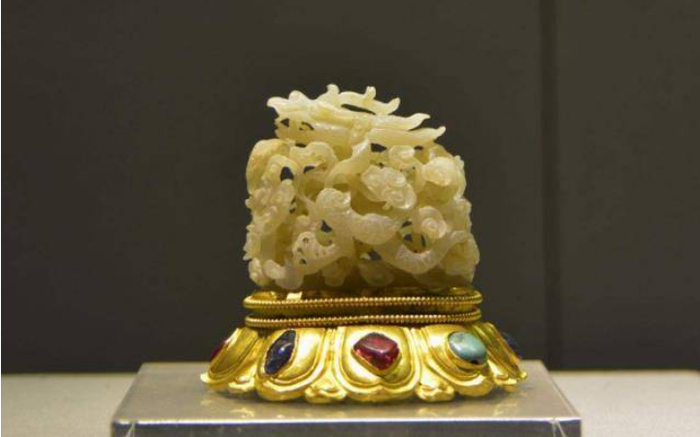
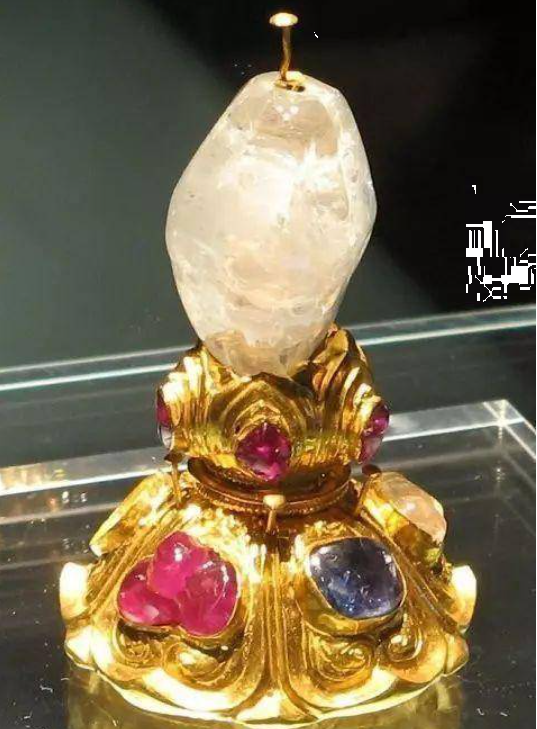
Most of the treasures in the tomb are of great value. (Photo: Sohu)
It can be said that the excavation of King Luong Trang’s tomb and bringing the treasures to light was an important event for Chinese archaeologists at that time. At the same time, these treasures also helped future generations understand more about the life of the royal family during the Ming Dynasty. But why does a prince like King Luong Trang have a fortune comparable to the emperor?
Why does a royal family own as much wealth as an emperor?
According to archaeological experts, Luong Trang Vuong had so many huge assets because he lived during the prosperous reign of the Ming Dynasty. When his father passed away, his eldest brother, Chu Chiem Co, ascended the throne. King Minh Tuyen Tong gave royal orders to his younger brothers such as Viet Tinh Vuong, Trinh Tinh Vuong, and Tuong Hien Vuong. , Hoai Tinh Vuong’s wealth corresponded to 50,000 taels of silver, but Luong Trang Vuong was given twice as much.
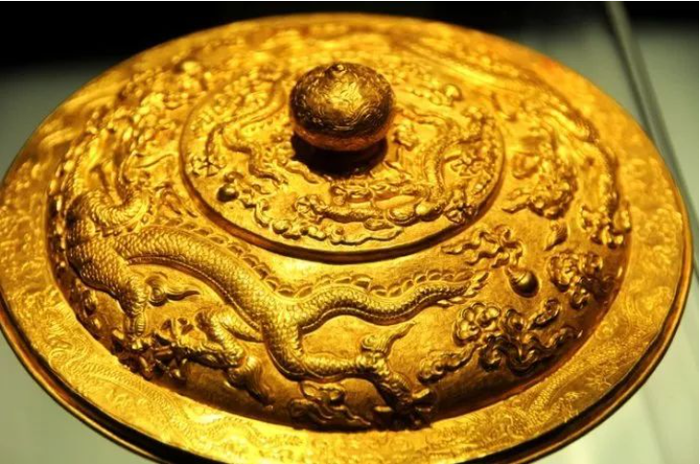
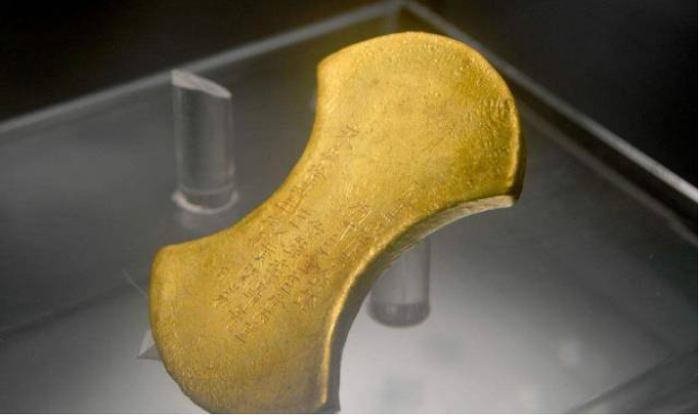
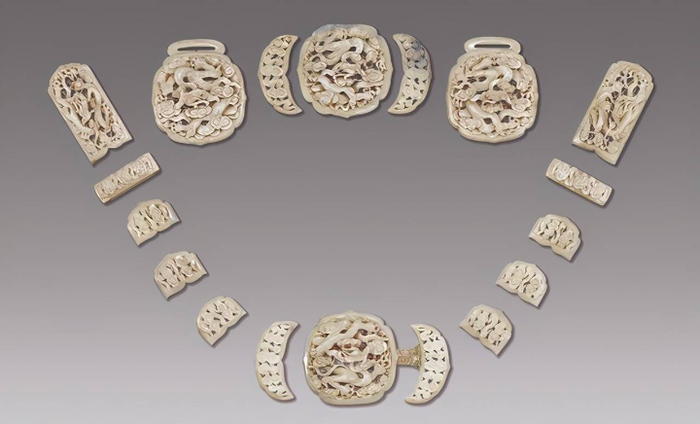
Detailed images of some precious treasures excavated from the tomb of King Luong Trang.
The items that King Luong Trang received were all collected by Trinh He, a famous imperial explorer. He was the person who was given command by Minh Thanh To to command a large fleet of ships with the task of going to sea to explore and learn about other countries. According to the book “Doing Nhai Sheng Lam” by author Ma Huan during the Ming Dynasty, Zheng He’s fleet bought many types of precious stones from many places, including emeralds and rubies. .. That is why the tomb of King Luong Trang has so much gold, silver, jewels and precious stones.




